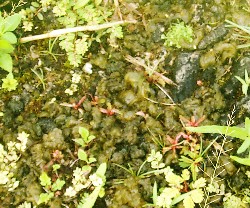 Balls of green jelly found on rocky ground in the sun.
Balls of green jelly found on rocky ground in the sun.1. ____
L1 name:
Local use:
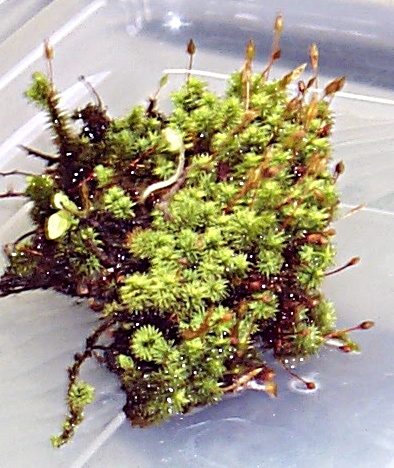 Found on rocks near rivers, on tree trunks, and in the shade.
Found on rocks near rivers, on tree trunks, and in the shade.2. ____
L1 name:
Local use:
Place the letter for the correct name of the plant under the picture of the plant. Write the name in your first language (L1), if any. Your language might no longer have a name for the plant. If so, then leave the item blank. Write down a use for the plant in Micronesia. The use can be from any culture.
A. Asplenium nidus D. Moss B. Cyanobacteria E. Phymatosorus scolopendria C. Lycopodium cernuum F. Thelypteris maemonensis
 Balls of green jelly found on rocky ground in the sun.
Balls of green jelly found on rocky ground in the sun.1. ____ L1 name: Local use: |
 Found on rocks near rivers, on tree trunks, and in the shade.
Found on rocks near rivers, on tree trunks, and in the shade.2. ____ L1 name: Local use: |
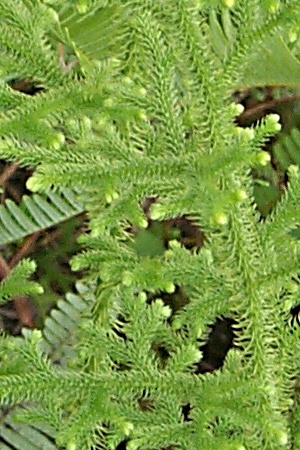 Fuzzy almost furry plant found on sunny hilltops beyond the gym.
Fuzzy almost furry plant found on sunny hilltops beyond the gym.3. ____ L1 name: Local use: |
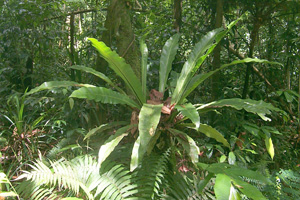 Usually found growing on trees.
Usually found growing on trees.4. ____ L1 name: Local use: |
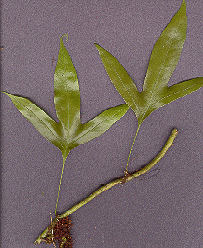 Found growing on trees, including coconut palms. Also grows on the ground.
Found growing on trees, including coconut palms. Also grows on the ground.5. ____ L1 name: Local use: |
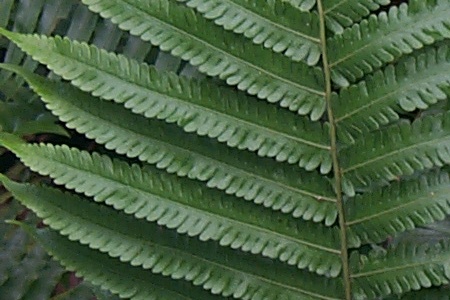 Found growing on the shady forest floor.
Found growing on the shady forest floor.6. ____ L1 name: Local use: |
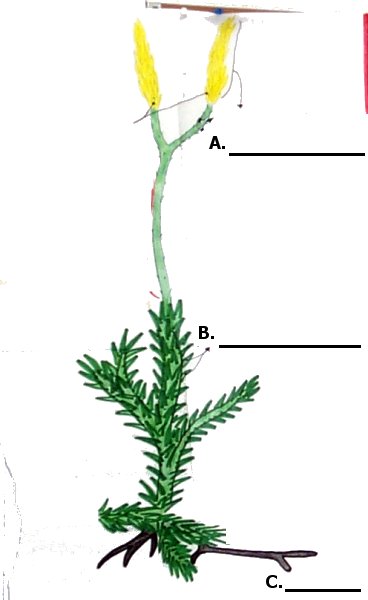
As best as you can, match the word to the language or language subgroup
|
07. _____ club moss 08. _____ cyathea nigricans 09. _____ kamkam 10. _____ muhlihklihk 11. _____ pechalgaatuw 12. _____ tehnlik 13. _____ toahnlik 14. _____ tukun inut 15. _____ unen katu |
A. Chuukese (Southern Noumeneas) B. English C. Kapingan D. Kosraen E. Kitti F. Latin G. Mwoakillese H. Pohnpeian I. Woleaian J. Ulithian K. Yapese |
 In the image of the moss to the right, what is the function of the long (brown) stalks that come up from the moss and end in a capsule? We viewed these in the laboratory on Tuesday. On living moss the stalks and capsule are usually brown.
In the image of the moss to the right, what is the function of the long (brown) stalks that come up from the moss and end in a capsule? We viewed these in the laboratory on Tuesday. On living moss the stalks and capsule are usually brown.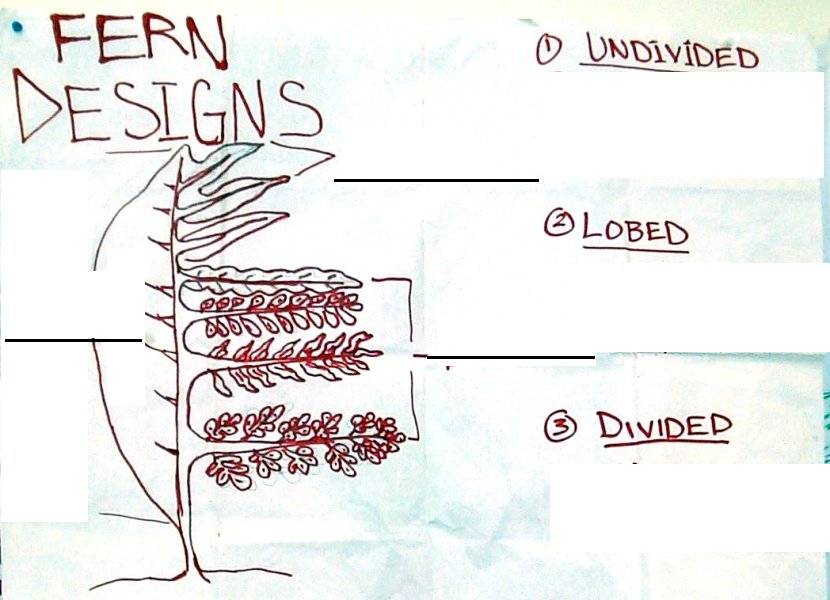
Dr. Lee's presentation covered the history of ethnomedicine, an approach that re-integrates two branches of medicines that underwent a rift in 1650. Write a short essay that describes the two branches which separated, the differences between the two branches, and how Dr. Lee's team at Beth Israel in New York represents a re-integration of these two branches.